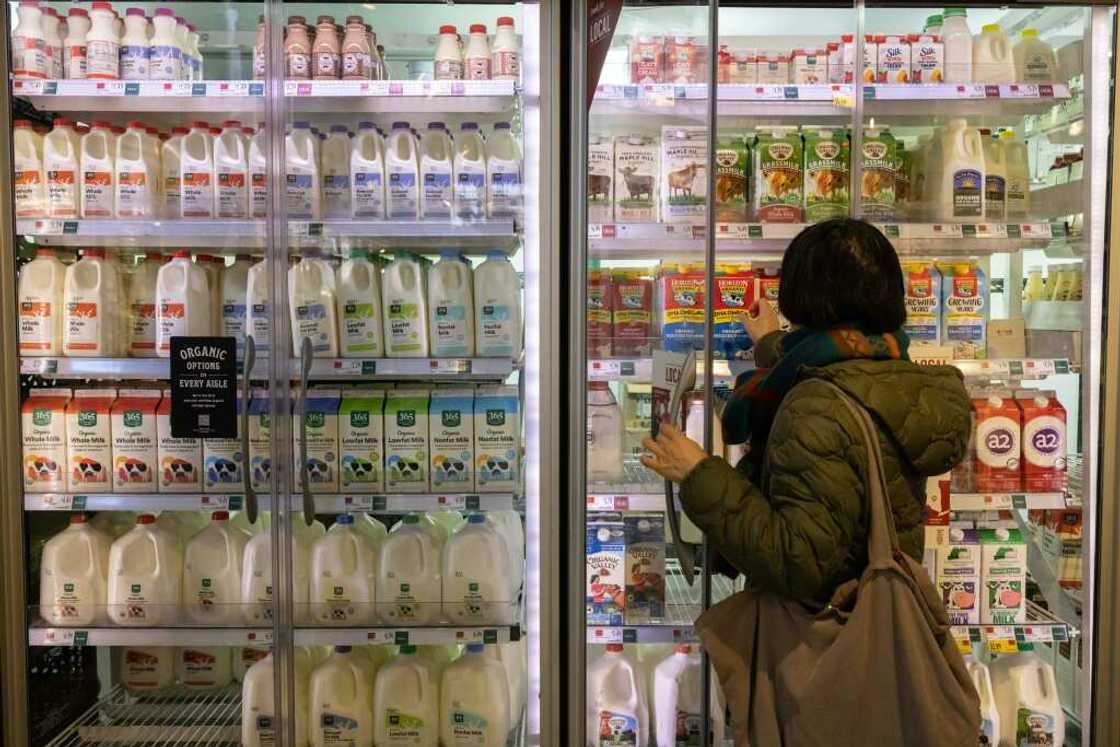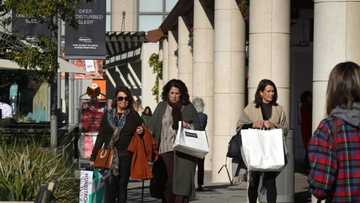US Fed's preferred inflation gauge eases while spending stalls

Source: AFP
Legit.ng is celebrating business personalities of 2022. See top entrepreneurs of Fintech, Startup, Transportation, Banking and other sectors!
A key indicator of US inflation edged down in November, according to government data released Friday, in welcome news to households grappling with soaring costs while spending slowed.
This extends a downward inflation trend in recent months as officials try to cool the world's biggest economy, though it is unlikely to bring quick relief from a forceful campaign to rein in prices.
The US Federal Reserve's preferred inflation measure, the personal consumption expenditures (PCE) price index, rose 5.5 percent last month from November 2021, Commerce Department data showed.
This was below the October level but remains significantly higher than policymakers' target of two percent inflation.
The central bank focuses on the PCE price index as it reflects actual spending of consumers, including shifts to less expensive items, unlike the better-known consumer price index.
From October to November, the PCE price index increased 0.1 percent, boosted by food prices, likely pointing to further tightening by the Fed.
PAY ATTENTION: Follow us on Instagram - get the most important news directly in your favourite app!
But an easing of inflation pressures overall has boosted consumer sentiment in December, rising five percent from last month, according to a separate survey by the University of Michigan.
Although "sentiment remains relatively downbeat," consumers' extremely negative attitudes have improved, said survey director Joanne Hsu in a statement.
'Softening'
Meanwhile, expenditures appear to be "softening" with a drop in auto spending, although spending on services shows few signs of faltering just yet, said Ian Shepherdson of Pantheon Macroeconomics.
Household spending, which has proven resilient in the face of decades-high inflation, jumped 0.1 percent from October to November, the Commerce Department data showed.
While there may be holiday distortions to the latest figures, "it seems reasonable to expect people to become more cautious," Shepherdson added.
This is because consumers would have "run down about half of their accumulated pandemic savings, and labor market conditions are softening," he said.
Personal incomes also rose 0.4 percent from October, official data indicated.
"High interest rates and elevated inflation caused consumers to take a breather on spending in November, but income gains and excess savings offered support," said Oren Klachkin of Oxford Economics.
Consumer prices have surged this year, exacerbated by supply chain snarls and Russia's invasion of Ukraine, leading the Fed to hike interest rates rapidly in hopes of easing demand.
The central bank has raised the benchmark lending rate seven times this year, with higher borrowing rates already battering sectors like housing.
But spending has been resilient and prices remain stubbornly high.
Excluding the volatile food and energy segments, the PCE price index rose 4.7 percent from a year ago, down from October but still far off the Fed's goal.
The inflation data is "encouraging," but Klachkin cautioned the figures "don't signal a meaningful pullback in consumer spending" yet.
Consumer price increases may be expected to retreat next year, but should still "keep the central bank in an aggressive policy stance," he said.
"The recession isn't here today but one will arrive next year," he added.
Source: AFP





